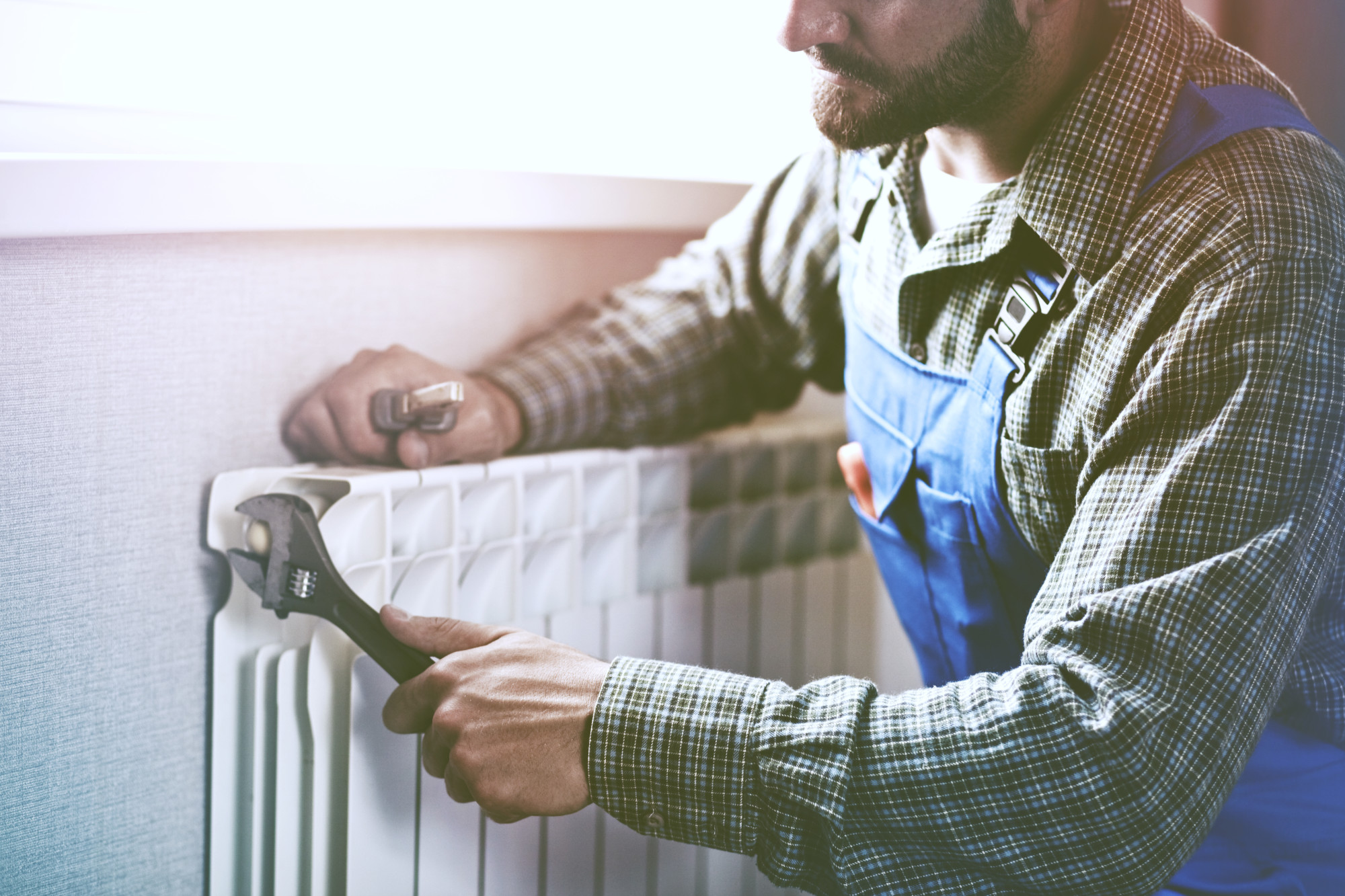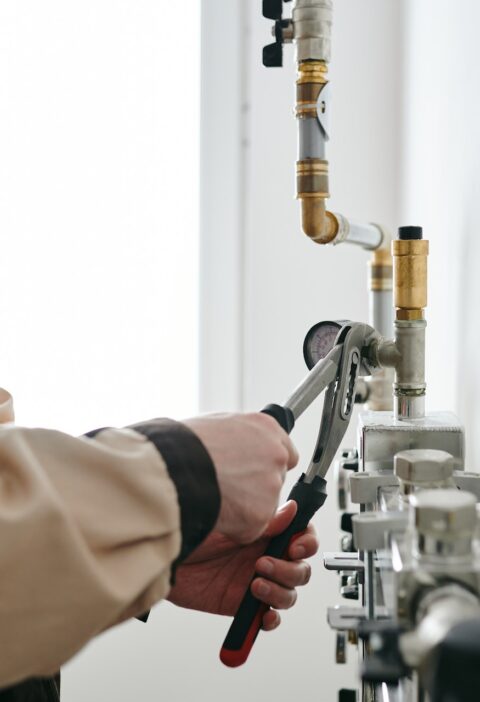Are you worried about the state of your heater? Find out if it’s broken by checking for broken heater signs.
We spend most of our time at home when the weather outside starts to feel like the Antarctic. This is why, having a working heater is one of the most important things you can think about.
But what happens when the worst happens? Your heater breaks down completely, leaving you and your family shivering in the cold.
Luckily, you’ll never have to experience that, if you read this simple guide.
1. No Heat
If the heater is not warm, the first thing to check is the thermostat. If the thermostat is functioning normally, examine the heating source, such as an electric heating element, a natural gas delivery system, or an oil-supplying system.
If any part of the system is not working, the furnace may not be producing heat. A dirty filter can also be the culprit, leading to restricted airflow. Additionally, the pilot light might be out or a circuit breaker might have tripped.
2. Strange Noises
If your heater is making strange noises, it could mean that something is wrong with the parts inside. It could mean that your motor or another part has worn out and needs to be changed.
Also, strange sounds mean that the motor is fighting to work and isn’t getting enough airflow, which can cause the heater to burn out. One way to take care of your heater is to listen for strange sounds coming from it. This could save you a lot of trouble and money in the long run.
3. Cold Air
When a heater is blowing cool air, it is often a sign of a broken furnace. This can be caused by some things including a malfunctioning thermostat, an insufficiently sized heating system, or a dirty air filter that is preventing the unit from getting the proper amount of airflow.
In some cases, the air in the home is too dry, which can affect the performance of a heater. Whatever the source of the problem may be, the problem will need to be fixed to get the right temperature in the home.
4. Weak Airflow
Low air coming out from the heater means that there is a problem with the system. This could be due to a blockage in the ventilation, a faulty capacitor, or a worn-out blower motor.
A blocked air vent can prevent air from traveling out of the system, thus leading to low air coming out. A faulty capacitor will cause the system to draw too much or too little power, thus resulting in weak airflow. A worn-out blower motor can also cause the fan of the heater to spin slowly, resulting in inadequate airflow.
5. Frequent Cycling
When a heater turns on and off more often than it normally should, it is an indication of a bigger problem. A fault in the thermostat or a leaking gas valve can cause the heater to overheat and shut off more frequently than necessary. A broken pilot light, gas regulator, or defective blower motor can also cause the heater to turn on and off more often.
6. Unpleasant Odors
Whether it’s from debris or dust buildup in the system, dirt collecting in the air vents, or a faulty motor, the smell can be unbearable. If the odor is present, there might be a problem with the system’s ventilation or the blower wheel, or small animals may have taken up residence in the system. Ignoring the issue and not scheduling a repair can lead to more damage over time.
7. High Energy Bills
Whether it is a boiler, furnace, or baseboard heater, an appliance that is not running can cause a noticeable spike in energy use. As a heater becomes old and worn out, it may take more energy to heat a space, resulting in a higher energy cost.
Additionally, worn-down parts or loose connections may cause the motor to run, which can also increase energy usage. As a homeowner, it is important to note any unusual energy increases and get a professional to inspect your heater if needed.
8. Thermostat Inaccuracy
When a heater is malfunctioning, it can cause the temperature in a home or office to be off. If the thermostat is displaying inaccurate readings, then it’s likely that the heater is not functioning. This can range from the temperature not being accurate to the thermostat not even registering any temperature readings at all.
In all scenarios, the thermostat is likely malfunctioning and in need of repair or replacement. A thermostat issue can be a sign of a bigger problem with the heater, such as a faulty fan or broken ignition system.
9. System Age
A heater that is old and unreliable can be a major hazard in a home. It can increase the risk of fires, and may even cause carbon monoxide poisoning due to a cracked or worn exchanger. If your heater is nearing this age, it’s wise to replace it with a newer, safer model.
So, if one of the above happens, then a technician should be called or simply click here for heating services and they can check your unit and then fix any broken parts or seals.
Don’t Get Left in the Cold With a Broken Heater
A broken heater may leave you feeling cold and uncomfortable. If you have any doubt about heater trouble, contact a professional for heater inspection and repairs. Ignoring the signs of a broken heater can cost more in heater repairs so don’t wait too long.
Get your heater inspected to ensure a warm and comfortable home all winter long!
Did you find this article helpful? Check out the rest of our blog for more!






